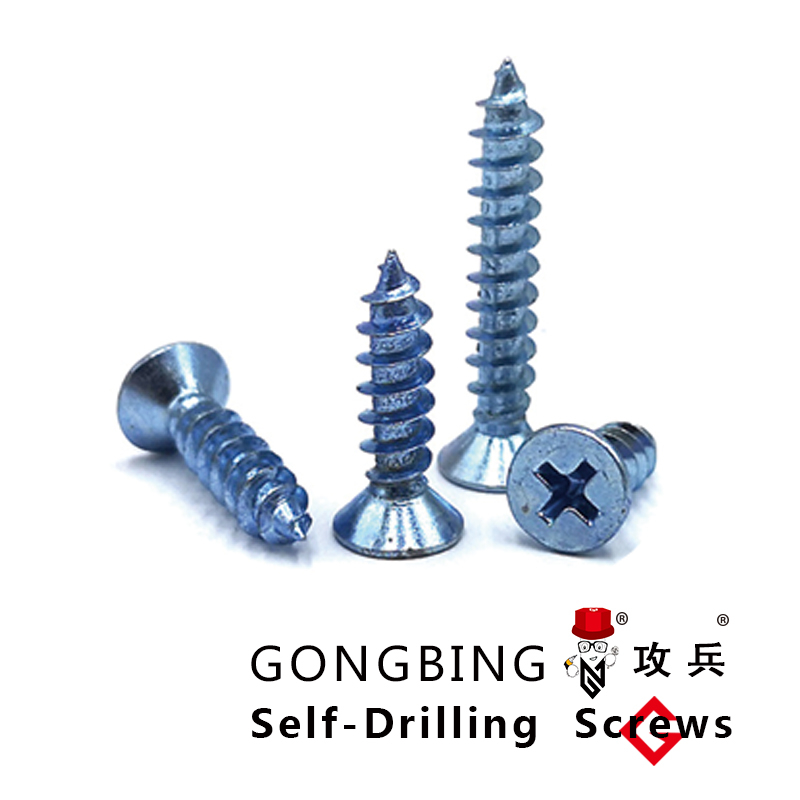Various Types of Foundation Anchor Bolts and Their Applications in Construction and Engineering
Understanding Foundation Anchor Bolt Types
Foundation anchor bolts are critical components in construction that help to secure structures to their foundations. These bolts play an essential role in ensuring stability and longevity, especially in buildings subjected to various forces such as wind, earthquakes, and other environmental factors. Given the critical role they play, understanding the different types of foundation anchor bolts is essential for engineers, architects, and construction professionals.
Types of Foundation Anchor Bolts
1. L-Bolts L-bolts are shaped like the letter L and have a horizontal section that sits within the concrete. They are commonly used in applications where the bolt needs to anchor a base plate of a structural element, such as columns or beams. The horizontal portion is embedded in the concrete, while the vertical portion protrudes to provide secure attachment for the connecting element.
2. J-Bolts Resembling a J, these bolts are bent at one end, allowing them to anchor into concrete effectively. The straight end is embedded into the concrete, while the hook serves to hold a platform or structure. J-bolts are commonly seen in the attachment of sill plates to foundation walls, playing a crucial role in the overall stability of the structure.
3. Straight Bolts Straight anchor bolts are the simplest form of foundation bolts. Like L-bolts, they are embedded in concrete, providing a solid anchor point for various connections. They come in various diameters and lengths and can be installed either in wet concrete or after the concrete has cured. Their versatility makes them suitable for a wide range of applications.
4. Epoxy-Coated Bolts For structures that require corrosion resistance, epoxy-coated anchor bolts are an excellent choice. The epoxy coating protects the steel from environmental factors, extending the life of the anchor bolt. These bolts are especially useful in coastal areas or regions with high humidity, where rust can compromise structural integrity.
5. Hook Bolts Hook bolts are characterized by their hook-shaped end, which provides secure anchoring, particularly when used in overhead applications. They are often used in applications where added tensile strength is required, such as in ceiling systems or where the load is dynamic.
6. Tapered Bolts Tapered anchor bolts have a conical end that facilitates easy insertion into concrete while providing a stronghold once embedded. They are particularly beneficial in precast concrete applications, where they help align components accurately.
foundation anchor bolt types

Selection Considerations
When selecting the appropriate anchor bolt type, several factors must be considered
- Load Requirements The type of load (tension, shear, or a combination) that the anchor bolt will need to withstand is of utmost importance
. This will influence the size and type of bolt selected.- Environmental Conditions Corrosive environments may necessitate the use of specialty coatings or materials, such as stainless steel or epoxy-coated bolts, to enhance durability.
- Concrete Specifications The strength of the concrete and the method of installation (wet or dry) can also influence the choice of anchor bolt type.
- Building Codes Adherence to local building codes and regulations is essential, as they may dictate specific requirements for anchor bolt types based on structural safety considerations.
Conclusion
Foundation anchor bolts are vital components that ensure the stability and safety of structures. With various types available—each with unique characteristics and applications—understanding their differences is crucial for making informed decisions in construction. Selecting the appropriate anchor bolt type based on load requirements, environmental conditions, and compliance with building codes guarantees the integrity and longevity of any building project. By doing so, engineers and architects can ensure that their designs not only meet aesthetic and functional requirements but also stand the test of time.
-
Weatherproof Plastic Expansion Anchors for OutdoorΝέαJun.06,2025
-
Sustainability in the Supply Chain: Eco-Friendly TEK Screws ProductionΝέαJun.06,2025
-
Load-Bearing Capacity of External Insulation FixingsΝέαJun.06,2025
-
Double Head Bolts: Enhancing Efficiency in Industrial MachineryΝέαJun.06,2025
-
Corrosion Resistance in Chipboard Screws: Coatings for Wholesale DurabilityΝέαJun.06,2025
-
Butterfly Toggle Bolts : Enhancing Structural ResilienceΝέαJun.06,2025
